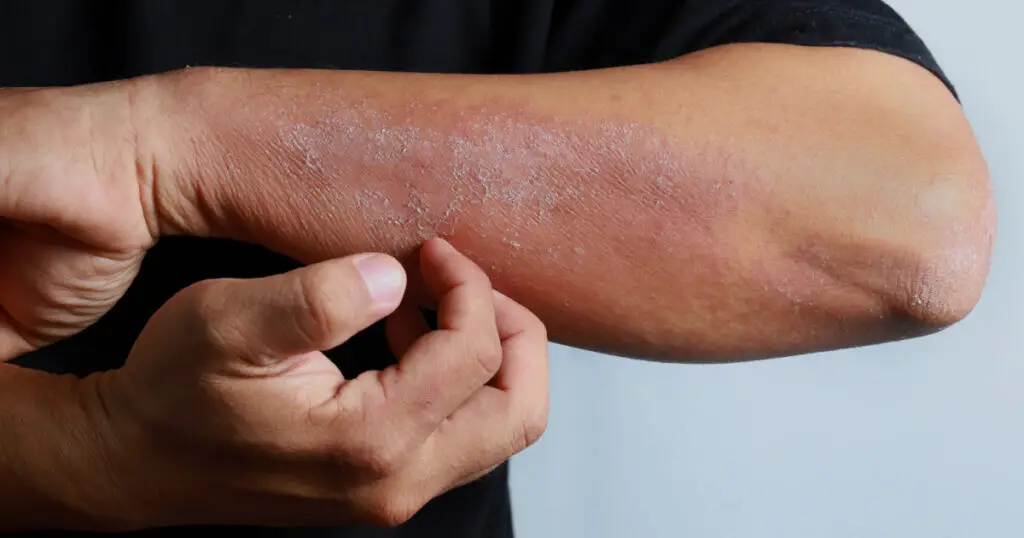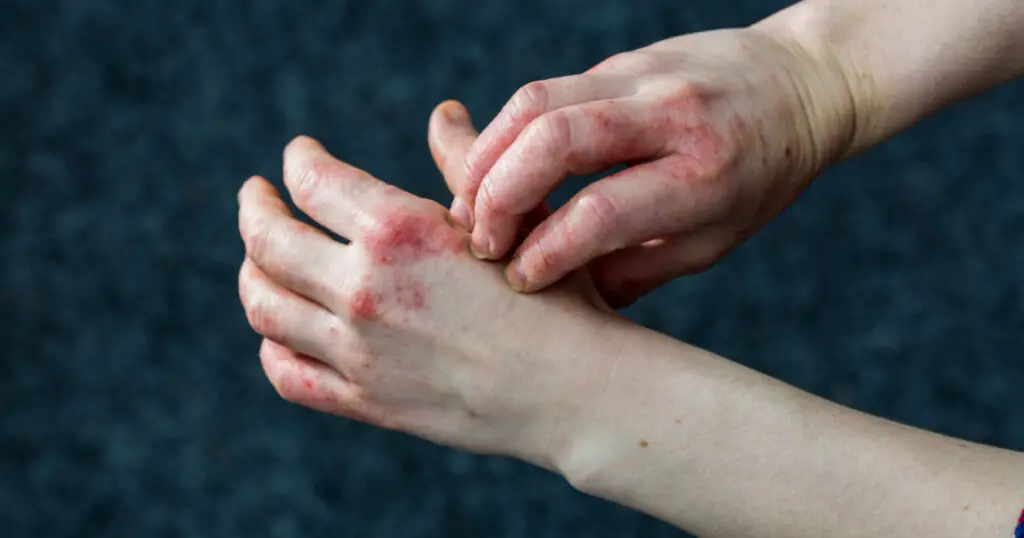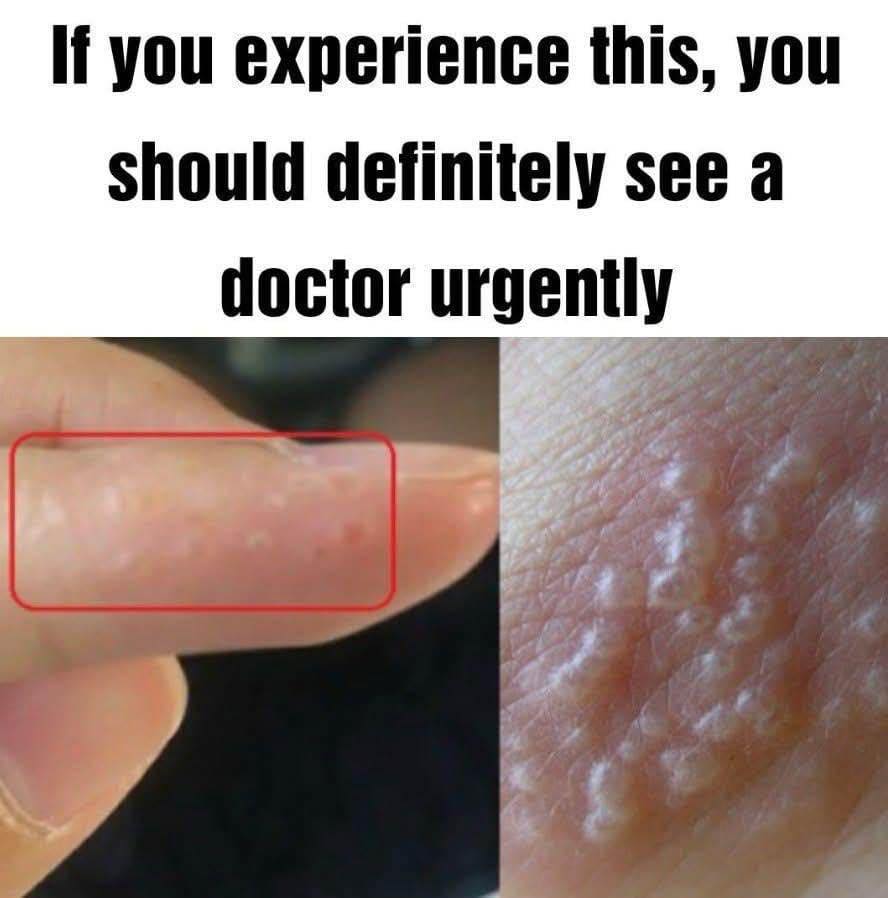Dyshidrotic eczema is a common skin condition that often flares up in the spring. Although it isn’t curable, it is manageable, and with the right treatment, symptoms can be controlled. The condition is characterized by small, itchy blisters that appear on the hands and feet, causing discomfort and irritation. If you notice painful red bumps on your skin, it could be a sign of dyshidrotic eczema.
What is Dyshidrotic Eczema?
Eczema refers to a group of skin diseases that cause inflammation, often resulting in red, itchy, and swollen skin. In the United States, an estimated 35 million people are affected by eczema, with around 70% of these cases occurring in children under the age of five. Dyshidrotic eczema, also known as pompholyx, is one of the most common forms of eczema. It is a chronic condition that causes recurrent flare-ups, leading to small, deep-seated blisters on the palms of the hands, fingers, and soles of the feet.
These blisters, which measure about 1-2 mm, are often accompanied by itching and redness. After a few weeks, the blisters may resolve with scaling and peeling of the skin. Although dyshidrotic eczema can be painful and frustrating, it is manageable with the right treatment.
 Shutterstock
Shutterstock
Symptoms of Dyshidrotic Eczema
The most common symptoms of dyshidrotic eczema include:
- Deep-set blisters on the hands, fingers, toes, palms, and soles of the feet
- Itching and irritation
- Redness and inflammation
- Flaking and scaling of the skin
- Pain in the affected areas
- Cracked skin that may bleed or become infected
Individuals with conditions like contact dermatitis, atopic eczema, or hay fever are at a higher risk of developing dyshidrotic eczema. It is important to note that this condition can become infected, which can delay the healing process.
 Shutterstock
Shutterstock
How to Treat Dyshidrotic Eczema
While there is no cure for dyshidrotic eczema, an effective skincare routine can help manage flare-ups and soothe the skin. Conventional treatments typically include corticosteroid creams or ointments, which are often prescribed to reduce inflammation and itching. In some cases, a doctor may recommend injections or pills to further control the symptoms.
Other treatments for dyshidrotic eczema include:
- UV light treatments to reduce inflammation
- Draining large blisters if necessary
- Antihistamines to relieve itching
- Anti-itch creams to soothe the skin
- Immune-suppressing ointments like Protopic and Elidel
These treatments can be effective, but there are also natural remedies that can help soothe the skin and reduce symptoms.
Natural Ways to Manage Dyshidrotic Eczema
 Shutterstock
Shutterstock
In addition to conventional treatments, several natural methods can be used to alleviate the symptoms of dyshidrotic eczema. These remedies can help soothe irritation, reduce inflammation, and promote healing.
1. Cold Compresses
Applying cold compresses to the affected area can help reduce inflammation and soothe itching. Simply soak a clean cloth in cold water and apply it to the skin for 15 minutes. Repeat this process 2-4 times throughout the day and follow up with a moisturizer for maximum effectiveness.
2. Aloe Vera
Aloe vera is well-known for its ability to calm irritated skin and speed up the healing process. To use aloe vera, break off a piece of the plant and apply the thick gel directly to your inflamed skin. Alternatively, you can purchase aloe vera lotion from your local pharmacy.
3. Oatmeal
Oatmeal has anti-inflammatory properties that make it an excellent remedy for skin conditions, including dyshidrotic eczema. Applying oatmeal to irritated skin can help reduce symptoms and leave the skin feeling soothed and healthy. You can use colloidal oatmeal or add regular oats to a warm bath for relief.
Conclusion
Dyshidrotic eczema may be a frustrating and uncomfortable condition, but with proper care and treatment, its symptoms can be managed. By following a consistent skincare routine, using prescribed medications, and incorporating natural remedies like cold compresses, aloe vera, and oatmeal, you can reduce flare-ups and soothe your skin. If you suspect you have dyshidrotic eczema, it is important to consult a dermatologist for an accurate diagnosis and tailored treatment plan.
Please SHARE this article with your family and friends on Facebook.



